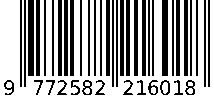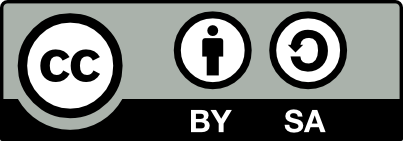
International Journal For Multidisciplinary Research
E-ISSN: 2582-2160
•
Impact Factor: 9.24
A Widely Indexed Open Access Peer Reviewed Multidisciplinary Bi-monthly Scholarly International Journal
Home
Research Paper
Submit Research Paper
Publication Guidelines
Publication Charges
Upload Documents
Track Status / Pay Fees / Download Publication Certi.
Editors & Reviewers
View All
Join as a Reviewer
Get Membership Certificate
Current Issue
Publication Archive
Conference
Publishing Conf. with IJFMR
Upcoming Conference(s) ↓
WSMCDD-2025
GSMCDD-2025
AIMAR-2025
Conferences Published ↓
ICCE (2025)
RBS:RH-COVID-19 (2023)
ICMRS'23
PIPRDA-2023
Contact Us
Plagiarism is checked by the leading plagiarism checker
Call for Paper
Volume 7 Issue 4
July-August 2025
Indexing Partners



















Production of Semi-biodegradable Sanitary Napkins from Banana Pseudo-stem
| Author(s) | Isha Mahendra Pathak, Pawan Raoji Khakre, Gayatri Anil Punia, Nikita Sanjay Changate, Umakant G Shinde |
|---|---|
| Country | India |
| Abstract | Women all around the world use sanitary napkins for menstrual protection. In India only small percentage of women uses sanitary napkins. The main reason for such a low number relates to the affordability of sanitary napkins for people and sanitary napkins available now are non-biodegradable and also cause severe infections which in result affects the women’s health. To overcome this challenge, sanitary bio napkins are now made from natural fibres and cotton which are readily available, biodegradable and cost effective. Another perk of using the natural materials was their characteristics like porosity, quick absorption of fluid and its retention capacity of blood for longer time. The alternative to commercially supplied pads is environmentally friendly plant fibres. Plant fibres are lignocellulosic fibres composed of cellulose, hemicellulose, lignin, pectin, and other polymers. Plant fibres are suitable alternative to commercial sanitary napkin because of its abundance, biodegradability, non-irritant and chemical free, environmental friendliness properties. Emphasis is given to use naturally available absorbents fibres such as banana fibres made from pseudo-stem waste which is usually dumped in open lands leading to soil pollution, also they are they are biodegradable and widely available in nature having low carbon footprint which not only makes it ecofriendly but also reduces the cost of sanitary pad. In present study use of banana fibre and cotton as absorbent core, cotton non-woven fabric spun-lace (both hydrophilic and hydrophobic), PE (polyethylene sheet) as a barrier which prevent leakage of blood and porous sheet as top layer which absorbs blood readily to develop our semi-biodegradable sanitary napkin. Extraction of banana fibre from banana pseudo-stem and alkaline treatment, grinding, drying, pulverization of banana fibre was done respectively to obtain banana fibre pulp from it and further use it as the absorbent core of napkin. The tests were performed for understanding that sanitary napkins developed are up to standard levels of commercially supplied pads. The tests performed were absorbency capacity, leakage test, strike rate and pH test. Hence, the developed napkin is semi- biodegradable. |
| Keywords | Sanitary napkins, Semi-biodegradable, Banana fibre, Banana Pseudo-stem. |
| Published In | Volume 7, Issue 1, January-February 2025 |
| Published On | 2025-02-13 |
| DOI | https://doi.org/10.36948/ijfmr.2025.v07i01.36775 |
| Short DOI | https://doi.org/g84xwf |
Share this

E-ISSN 2582-2160
CrossRef DOI is assigned to each research paper published in our journal.
IJFMR DOI prefix is
10.36948/ijfmr
Downloads
All research papers published on this website are licensed under Creative Commons Attribution-ShareAlike 4.0 International License, and all rights belong to their respective authors/researchers.

